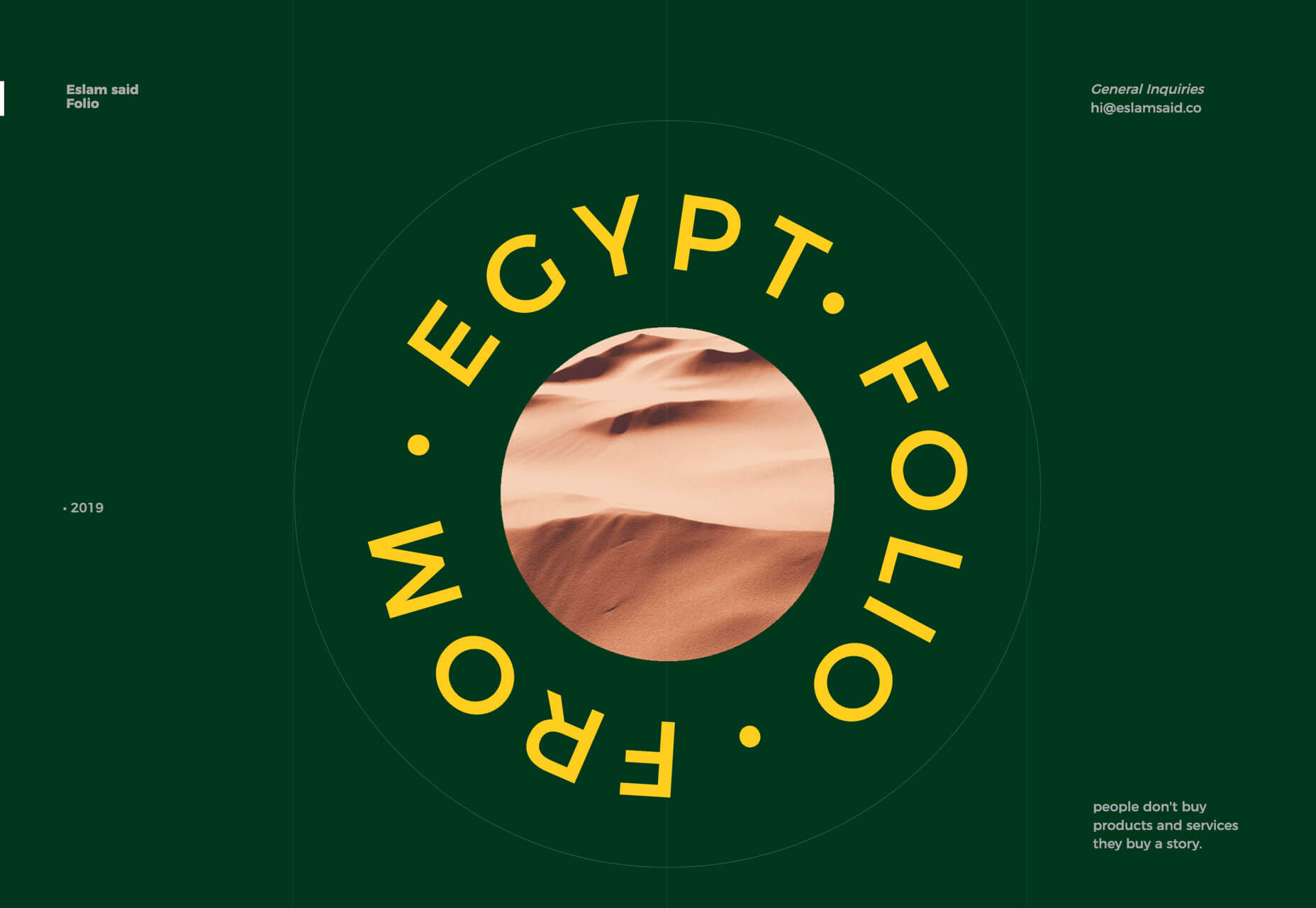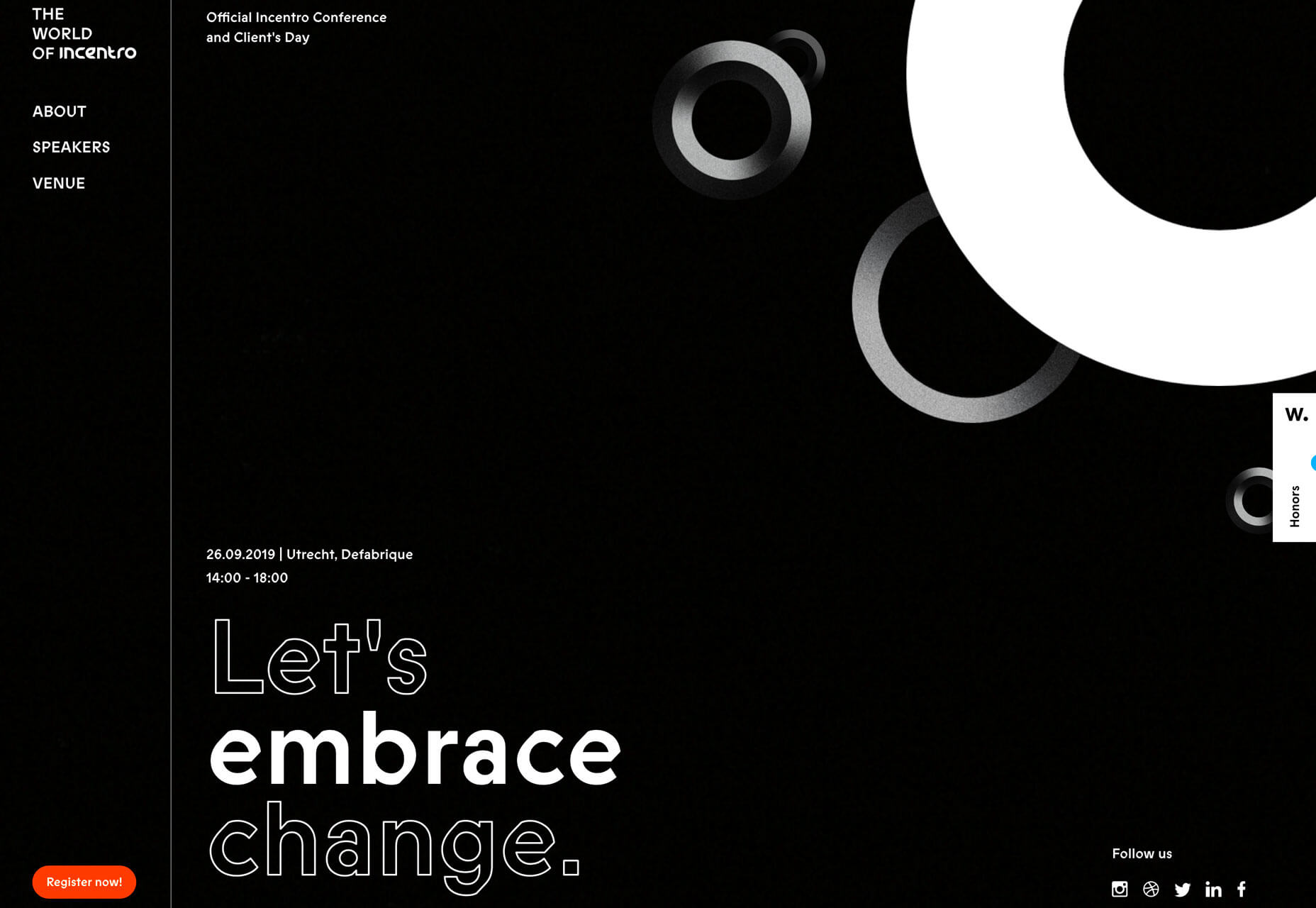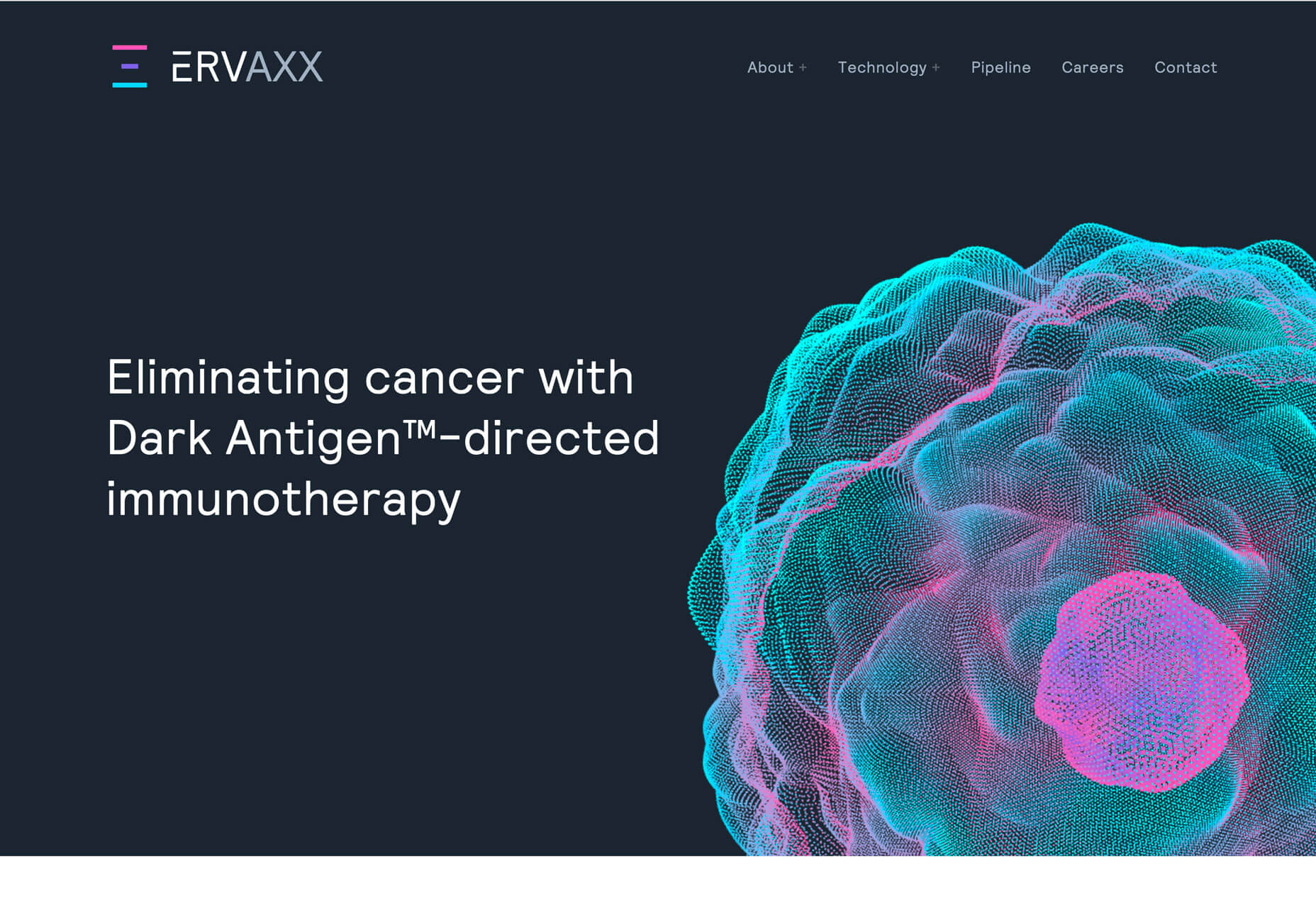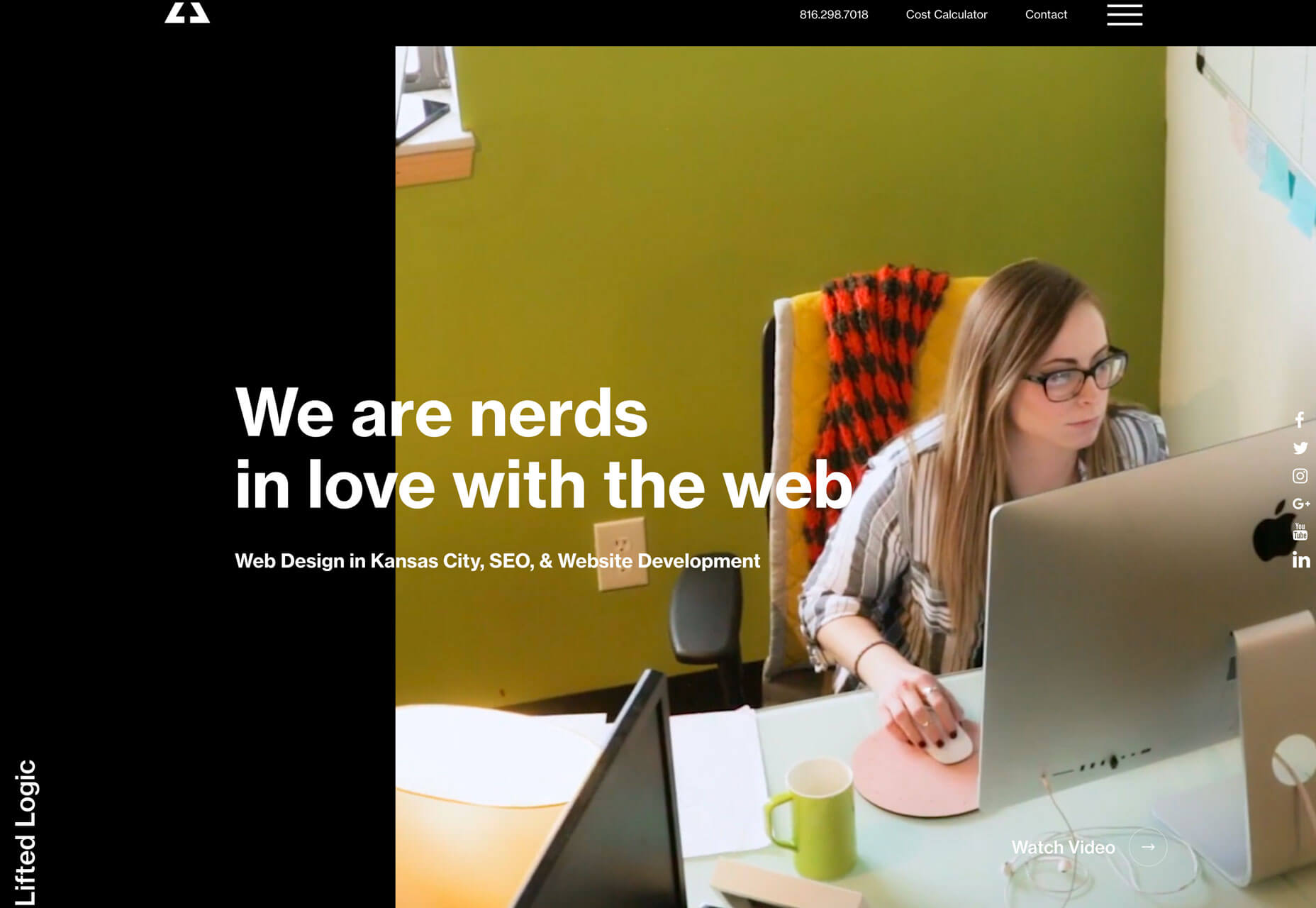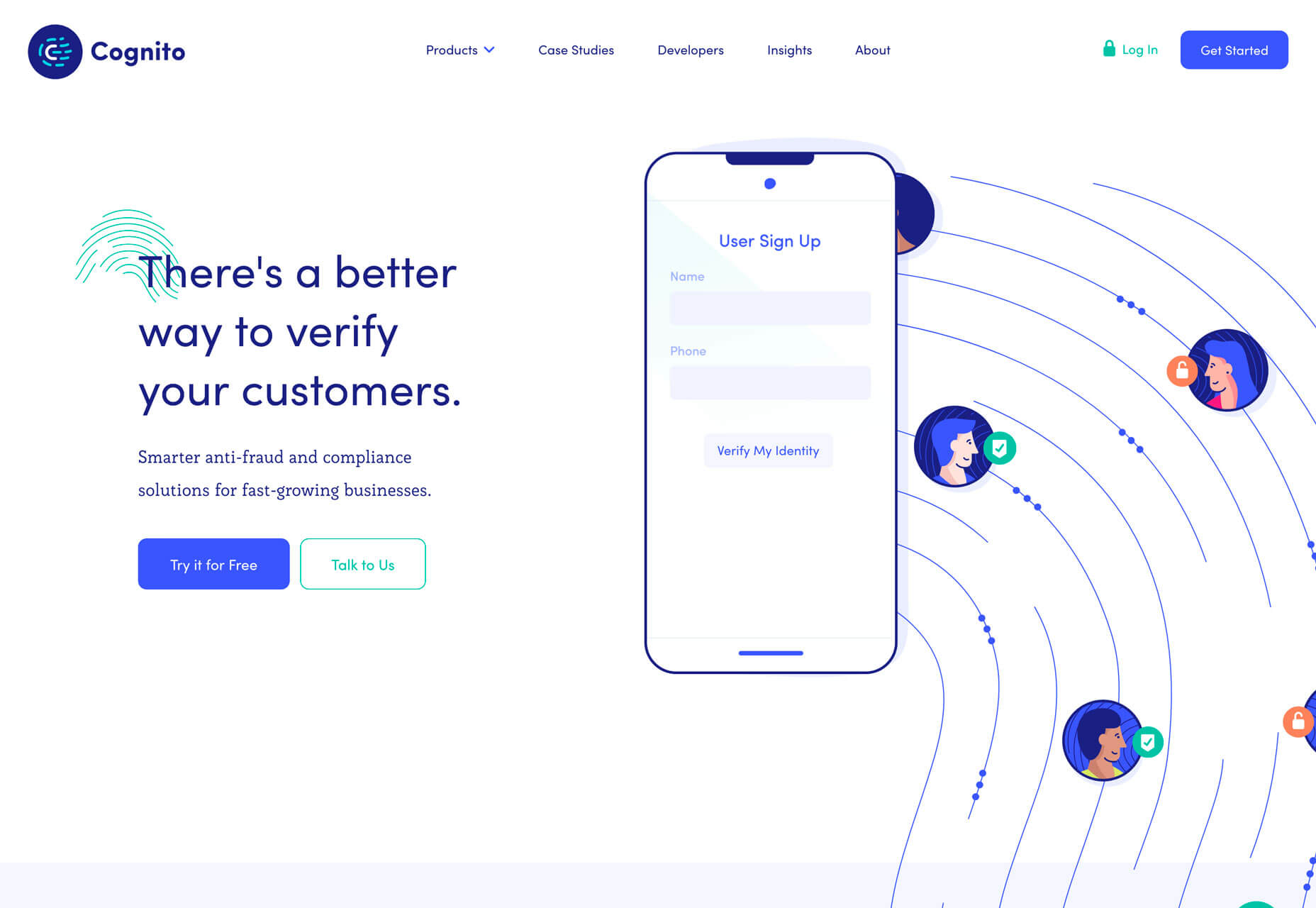There’s always a balance between visual design and functional design. Many of the “rules” of design as we know them exist to make visuals more functional.
That’s not exactly true of all of the techniques that are trending right now. But sometimes rules are made to be broken, right? You can take these trends in and decide whether they work for you or not. (There’s no right or wrong answer.)
Here’s what’s trending in design this month.
1. Obscured Text Elements
When it comes to text elements, the first thought is often readability. Not with this design trend.
More design projects are showcasing text elements that are partially obscured or hidden within other elements. And while these designs look pretty cool and are visually stunning, whether it actually works might be more debatable.
Each of the examples below uses this trend in a slightly different way.
Granyon Party uses oversized text in a layered design – background, text, animated illustration – where the words are hyphenated and in a layer behind design elements. While the obscured text is fairly easy to read, the addition of hyphenation and a monotone color palette makes it a little trickier.
Lafaurie Paris uses black text over an image layer with dark coloring, leaving little contrast between the two. This makes the main text element a challenge in terms of readability on an otherwise visually stunning design.
Ride & Crash’s Paco the Judo Popcorn has a text layer that’s behind a semitransparent animated illustration. It’s not too difficult to read, but does make you stop and really think about the words on the screen. Use of space helps draw focus and make it a little easier to digest.
With all of these examples, the design has to weigh big questions: Is the visual display worth losing readability? Will visitors understand and interact with the design?
2. Animated Spheres
Circles have always been a popular design element. They carry plenty of symbolism and meaning and can set the right tone for projects. Circles are also a little less rigid than hard-edged elements, such as buttons or calls to action.
Bigger spheres with animation are a solid way to draw users into design elements and focus the eye.
This trending element might be pure decoration or serve a more functional role.
2nd Street uses large spheres down the right margin as a secondary level of navigation. The middle circles have a link and hover animation to help signal this action. The bottom circle is a decoration with movement that helps draw the eye and encourage users to move the mouse in that direction, activating the other circular buttons.
Eslam Said uses a large sphere in the center of the screen with simple movement to create visual interest in the portfolio website. The simple design and movement are hard to stop looking at with a soothing feel to them.
World of Incentro uses multiple spheres with small movements and subtle animation as a decorative element. Further, the design uses a red, circular cursor to encourage engagement with the design. (If you click around this site a little, you’ll also find that it makes use of the first trend mentioned here, with different layers of obscured text.)
3. Large Left Margins
This might be my personal favorite trend, as a fan of asymmetrical balance. These designs use large left margins and areas of whitespace opposite a more visually full right side with an art element that fades off the screen.
They create a beautifully imbalanced balance with visual weight that draws the eye across this screen.
But this style isn’t for everyone, especially if you really like more symmetry. The challenge with this style is how elements stack on smaller mobile or vertical screens. The result isn’t often as stunning as the desktop counterpart.
Ervaxx uses a simple animation paired with large bold text. The large font size offsets the weight of the animated blob on the right.
Lifted Logic carries a hero text element across white (ahem, black) space into a video. The use of space really pulls the eye across the text into the image and back.
Cognito uses balanced weights with text and line illustrations across the screen. Space, here, makes the design feel a little less busy with a lot of elements to take in at once – navigation menu, headline, secondary text, two buttons, animated illustration, and a chat box.
Conclusion
It’s possible to love the look of a trendy design, but never use the technique because you don’t find that it works with your content or in a way that focuses on usability. And that’s ok. That’s the beauty of trends; they spark conversation and push all designers to think bigger and better.
Do you tend to be more of a visual or functional designer? Most of us have fairly distinct tendencies and it’s good food for thought.






